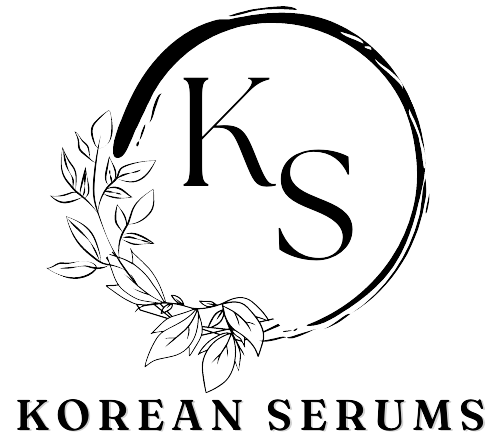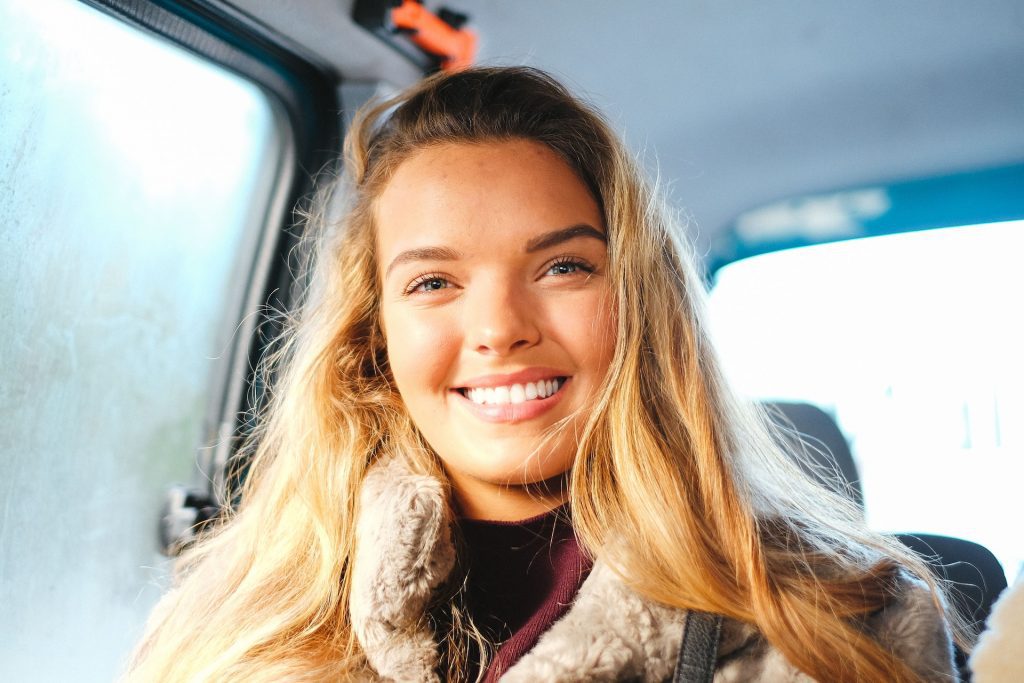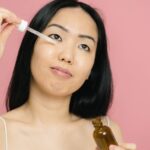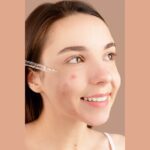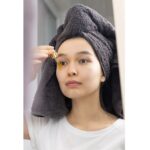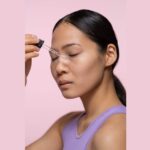Norway is one of the most beautiful nations all over the world. Norway has its sense of beauty in culture and as well as in people with diverse beauty standards.
Norway is one of the most beautiful places on earth, and that is the heart of its attraction. Norwegian valleys with impossibly high sides and remarkable beauty carve vast internal gashes from a rocky shoreline.
Well, have you ever wondered that the region which is so rich in its natural beauty and scenery must have which type of people’s beauty standards? Or what kind of beauty standards are being followed in Norway?
Let us go into this most exciting article to know about exceptional Norwegian beauty standards
List of Norwegian beauty standards
1. Height
The most noticeable thing in Norway about people is that people both male and female have acquired a very tall height which is a part of their trait. When viewed on a worldwide basis, Norwegian beauty standards have lofty average heights for both genders, with the Nordic nations all ranking among the 20 tallest countries and having an average male height of over 180 cm.
The height of Norwegian people is especially the most noticeable and unique trait. Most of the population of Norway has tall heights as compared to other countries.
2. Eyes
Studies have shown that about 18% of northern Europeans have what are known as “sagging eyelids.” Surgeons in Sweden, Norway, and Denmark all offer surgery to treat this condition in case it impairs your vision or as an elective procedure for cosmetic reasons, and this procedure is less common in other parts of the world. Hooded eyes are common in the Norwegian population. Their eyes color is a mixture of blue, black, and brown.
The majority of people in Norway have hooded eyes, and studies have revealed that 18% of northern Europeans have what is known as “sagging eyelids” (which is connected to hooded eyes but more specifically extra skin over the eye that may or may not impair your eyesight).
3. Hair
Although most Norwegians have wavy or straight hair, some do have curly hair, as we’ve already established. Furthermore, compared to the rest of Europe, the proportion of persons in the Nordic countries with curly hair is substantially lower.
The EDAR gene, which is considered to be associated with thicker hair (among other features), is not extremely common in Norwegians. The majority of Europeans and Norwegians, according to research on the EDAR gene, tend to have thinner hair.
Few adult Norwegians have naturally platinum blonde hair; nevertheless, many have done so via artificial coloring. Here you can easily notice that they love coloring their hair rather than their natural hair.
4. Norwegian Skin
It is very interesting to know that the Norwegians have a different and unique skin color. Slaves who carry this gene are more likely to have red hair and freckles, only red hair, or only freckles. This gene is more common on the Norwegian west coast.
In modern Norway, there are many people with a darker complexion, although they often come from families with diverse backgrounds.
It is believed that early progenitors were dark-skinned, but after mingling with various groups and adjusting to the environment, this attribute finally vanished and never appeared again.
Because of a combination of their genetic makeup extremely high UV exposure levels, and a diet generally rich in vitamin D, Norwegians do tend to tan and develop olive skin in the summer. That’s why in Norway most of the population has tan color skin.
5. Nose Type
You will be thinking that what kind of noses does this beautiful region people acquire? Well, they do indeed have any particular kind of nose shape or size. It has many variations due to various reasons and traits.
As a result of their adaption to the cooler environment, Europeans often have narrower noses than those from warmer climes. This is also true of Norwegians. However, there are more disparities in size between men and women than between various racial groups.
6. Cheekbone Feature
Many well-known Norwegians have prominently high cheekbones, a characteristic that is frequently handed down in the Nordic area by families with Sami backgrounds. High cheekbones are especially typical among the Sami people, who originate from Northern Norway.
Nowadays, people with high cheekbones are frequently considered to be attractive across the world. In the Nordic area, however, high cheekbones weren’t always viewed as a favorable attribute.
Their cheekbone has a very unique place in Norwegian beauty standards. Also due to the greater amounts of estrogen they indicate in women, prominent cheekbones are seen as a marker of their reproductive health.
7. Facial Hair
According to studies, the majority of Norwegian men can typically grow a full beard if they chose to, but obviously, not everyone does.
It is believed that the presence of this gene on Norway’s west coast is related to the importation of slaves. Your chances of having red hair and freckles, simply red hair, or only freckles depend on the gene combinations you possess.
It may be claimed that the majority of Norwegians are normally able to grow what’s believed to be a full and thick beard given the facial hair development pattern concentration on the upper lip, cheek, neck, and chin.
Conclusion
The Norwegian beauty standards have shown very unique and distinguished beauty standards all over the world.
When it comes down to it, the traditional stereotype of Norwegians still appears to hold. In comparison to other ethnicities, most Nordic individuals have bright eyes and hair and are relatively tall.
It is difficult to determine if these characteristics result from a diverse pre-bronze age population, geographic circumstances, or the region’s current cuisine as a whole.
This must have given you a full insight into what Norweign Standards are all about and made a clear identification regarding them.
Read Related: What are the Scandinavian Beauty Standards? (2023)
